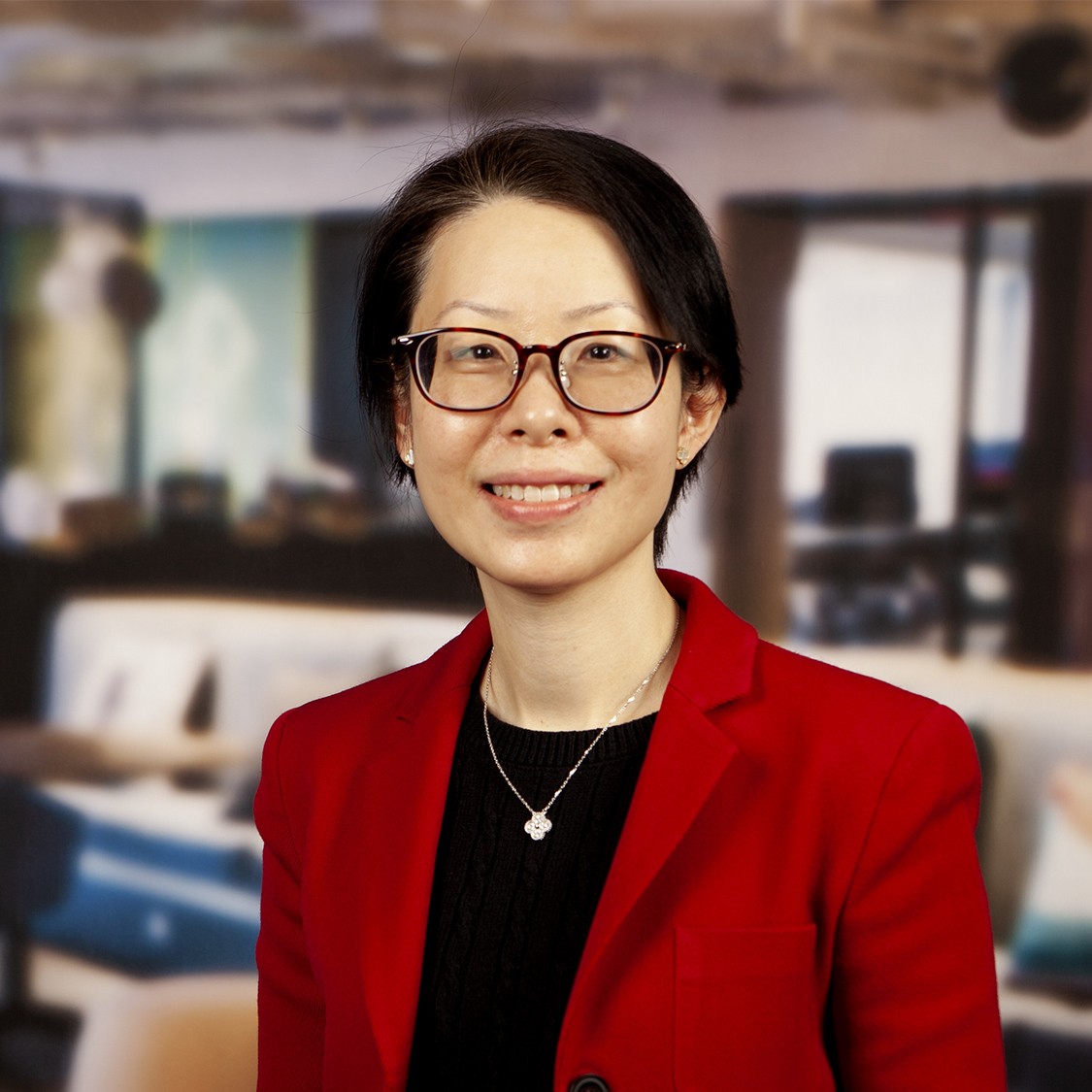According to the Pew Research Center, Asian Americans make up about 7% of the U.S. overall population1. They represent diverse groups of individuals from three major regions and over 20 countries with distinctive ethnic backgrounds: East Asians (e.g. Chinese and Japanese), South Asians (e.g. Indians and Pakistanis), and Southeast Asians (e.g. Thai and Vietnamese).
In the Blind Spot
 Although Asian Americans are over-represented among the highly educated and the professional workforce, they are highly underrepresented in senior management and C-suites. According to the Ascend Foundation, Asian Americans made up about 13% of the U.S. professional workforce, but just 6% of executive and senior officers2. As suggested in a 2018 Harvard Business Review article by Buck Gee and Denise Peck, “This fact underlies the potential blind spot for many companies: Because Asian Americans are not considered an underrepresented minority, they are given little priority or attention in diversity programs.3”
Although Asian Americans are over-represented among the highly educated and the professional workforce, they are highly underrepresented in senior management and C-suites. According to the Ascend Foundation, Asian Americans made up about 13% of the U.S. professional workforce, but just 6% of executive and senior officers2. As suggested in a 2018 Harvard Business Review article by Buck Gee and Denise Peck, “This fact underlies the potential blind spot for many companies: Because Asian Americans are not considered an underrepresented minority, they are given little priority or attention in diversity programs.3”
This is a concern shared with me by many of my Asian colleagues in the investment management and banking industries and how the lack of inclusion acknowledgment reduces available sponsorship opportunities and support for their career growth.
According to Bloomberg, in banking, Asian Americans make up 7% to nearly 19% of senior managers at the six largest U.S. lenders, yet they comprise 23% of middle managers and professionals4." In asset management, Asian American and Pacific Islanders manage just 0.7% of capital in the industry, even though their performance meets or exceeds industry benchmarks, according to the Association of Asian American Investment Managers and Bella Private Markets4. In corporate America, there is a 40% drop among Asian American men from the entry level all the way to the C-suite. It’s even worse for Asian American women even though they are more likely to have graduate degrees; specifically, there is a 70% drop in terms of representation for Asian American women from the entry level all the way to the C-suite5.
Cultural Differences Exacerbated by Stereotyping
Generally, Asian Americans are perceived as quiet, smart, diligent, good with numbers, thorough, but not great leaders due to cultural stereotyping. Unconscious bias leads to perceptions about Asian Americans not having social skills, boldness and strategic thinking, hence not “executive-ready.”
In comparing Asia-based to US-based leaders, Russell Reynolds concluded, “the leadership gap is not a reflection of how well Asian Americans can lead, but rather how narrowly companies define what a successful leader looks like and how they should behave.6” U.S. leadership norms tend to emphasize “assertiveness,” “being outspoken” and “charisma,” which reflects a culture that places high value of outward confidence. In contrast, the Asian cultural norms of humility and conformity are perceived as a lack of confidence or motivation – which they are not. Asians are comfortable with hierarchy and unequal power distribution.
Translated to leadership behaviors, Asian leaders tend to seek obedience, which does not require vulnerable behaviors such as inviting feedback from others. Leaders in the U.S., on the other hand, aim to persuade others and invite feedback and collaboration to win over their peers.
Team Effort to Tackle the Asian American Leadership Gap
To close the leadership gap and help retain highly talented Asian Americans, organizations need to diversify the definition of good leadership. Learning to recognize and accept a variety of leadership styles is a key part of inclusive leadership. Companies can provide more culturally informed leadership training to help hiring and promotion decision-makers to build awareness around the biases towards Asian Americans and the cultural difference in sub-ethnicities. Making mentoring/sponsorship a corporate priority for high-potential Asian Americans is also critical in creating new leadership opportunities for Asian Americans.
I am honored to have been awarded the II DEI Thought Leadership award in recognition of my work in advancing DEI for all groups in the investment management industry. I am particularly grateful to Institutional Investor for recognizing and including representation from the Asian American community as acknowledgement to the many groups that make up a diverse workforce.
Carol Chan is the Deputy CIO at Ernst & Young, LLP. The views reflected in this article are those of the author and do not necessarily reflect the views of Ernst & Young, LLP or other members of the global EY organization.
For the full list of DEI Award winners, visit Allocator Intel here.
To discuss the content of this article or gain access to like content, log in or request membership here.
References:
1.Nudiman, Abby and Neil G. Ruiz. Key facts about Asian Americans, a diverse and growing population, Pew Research Center, April 29, 2021.
2.Kim, Tina, Denise Peck, Buck Gee. Race, gender and the double glass ceiling: an analysis of EEOC national workforce data, Ascend Foundation, December 2020.
3.Gee, Buck and Denise Peck. Asian Americans are the least likely group in the U.S. to be promoted to management, Harvard Business Review, May 31, 2018.
4.AAAIM. Good workers – not leaders: Unconscious biases that stall AAPI advancement, September 21, 2021.
5.Chui, Michael, Kweilin Ellingrud and Jackie Wong. The overlooked contributions and hidden challenges of Asian Americans, McKinsey, October 14, 2022.
6.Paikeday, Tina, Yen Ling Shek and Dheeraj Vashista. Shattering the bamboo ceiling: Addressing Asian American under-representation in the C-suite, Russell Reynolds, September 23, 2020.
